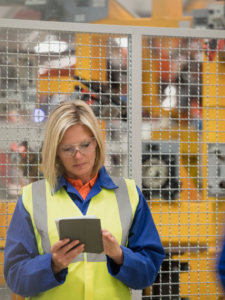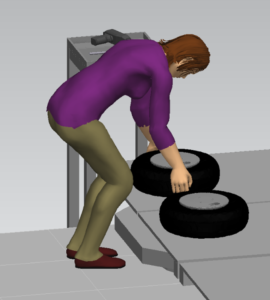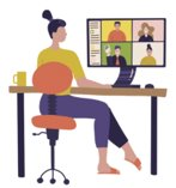Want to lend yourself a hand and help eliminate injury? Try switching simple tasks over to your non-dominate hand.
Most of us are lucky enough to have two hands, and before we cripple the one we affectionately call our “good hand,” we need to learn to take more advantage of our less heralded “wrong hand.”
By using our non-dominant hand and becoming proficient with it, loading experienced by the dominant hand is reduced; thus providing opportunity for injury risk reduction.
To read more about why using your non-dominant hand is good for health, read the full article below.
—
We have all been told at one point or another that we need to look after ourselves by self-monitoring for symptoms of musculoskeletal disorders (MSDs) and to take regular, short breaks to give ourselves some time to rest and recover. Of course in a perfect world, we take this advice…right? But what about the imperfect world that we live and work in, where the regular demands of our days don’t always lend themselves to rest and recovery?
Many of today’s jobs have us sitting at a computer and desk where we feel the pressure to always keep working. Others have us tethered to an assembly line, where lights and alarms go off if we take a rest to recover. Or worse still, our ability to produce directly impacts the wage we make, so rest time is lost money! In addition, we have to work longer than in recent history due to lack of strong pensions and the increasing financial demands that life places on us.
There is so much perceived deterrent to taking the time to rest and recover, that it is no wonder we develop pain and disorder, yet continue to work through it. In many cases it may seem that our hands are tied, that our only option is to tough it out, and deal with the long term effects as they come. This can’t be the approach we take these days. We want to do our jobs well and to meet or exceed expectations, but we also want to be healthy and pain free throughout and afterwards. Thus, it is increasingly important that we find ways to keep healthy while working, so that we can keep working.
Some of the most critical body parts for doing work are the hands. We use them almost constantly to complete the various tasks that we have to accomplish, and then we continue to use them for the leisure activities that we enjoy. They are the gateway to our outside physical world, and are therefore a logical starting point to change the way we accomplish things. Most of us are lucky enough to have two hands, and before we cripple the one we affectionately call our “good hand,” we need to learn to take more advantage of our less heralded “wrong hand.”
By using our non-dominant hand and becoming proficient with it, loading experienced by the dominant hand is reduced; thus providing opportunity for injury risk reduction. Common risk factors such as repetitive movements, prolonged static exertions, high forces and poor postures are shared between both hands. Repetition movements and static exertions during one handed tasks can be potentially divided in half by switching hands to complete the tasks periodically. Alternating hands to complete each consecutive exertion also increases the recovery time available between work tasks.
Furthermore, additional use of our non-dominant hand will lead to added strength and proficiency which could result in more equal loading of two handed tasks and increased capability to handle higher loads with one handed tasks. Finally, once we are proficient with both hands, we will have the opportunity to position ourselves around either hand to allow us to achieve more optimal postures for repetitive and intermittent tasks and can even allow us to be more productive by using both hands. All of these factors will help us to be more efficient and complete more work with two hands working together.
Take it from the lefties of the world, it won’t be easy, but we can make our “wrong” hand right!






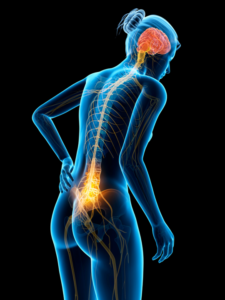

 Why Sandalwood?
Why Sandalwood?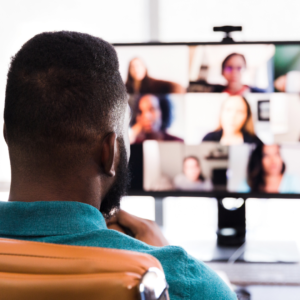


 We are a one-stop-shop for launching job rotation for any employer from conception to implementation. Our experts tailor our services to meet the needs of our customers by collaborating with them throughout the entire process. We do not offer cookie cutter solutions for job rotation because the needs of employers vary significantly.
We are a one-stop-shop for launching job rotation for any employer from conception to implementation. Our experts tailor our services to meet the needs of our customers by collaborating with them throughout the entire process. We do not offer cookie cutter solutions for job rotation because the needs of employers vary significantly. Why Sandalwood?
Why Sandalwood?



 Sandalwood is pleased to offer solutions above and beyond the traditional ergonomic assessments. With an in-depth knowledge of various digital human modelling software suites, integration and adoption to your health and safety programs has never been easier. Sandalwood is experienced in ergonomic program design as well as industry leaders in digital human modelling services. We have a diverse team that is able the leverage the results from the digital human model to provide in depth risk assessments of future designs and current state. Sandalwood is also able to pair these assessments with expertise and provide guidance on the best solution for you. Sandalwood is also on the forefront of emerging technologies and able to integrate Motion capture, Wearables, and extended or virtual reality into your ergonomic program.
Sandalwood is pleased to offer solutions above and beyond the traditional ergonomic assessments. With an in-depth knowledge of various digital human modelling software suites, integration and adoption to your health and safety programs has never been easier. Sandalwood is experienced in ergonomic program design as well as industry leaders in digital human modelling services. We have a diverse team that is able the leverage the results from the digital human model to provide in depth risk assessments of future designs and current state. Sandalwood is also able to pair these assessments with expertise and provide guidance on the best solution for you. Sandalwood is also on the forefront of emerging technologies and able to integrate Motion capture, Wearables, and extended or virtual reality into your ergonomic program.